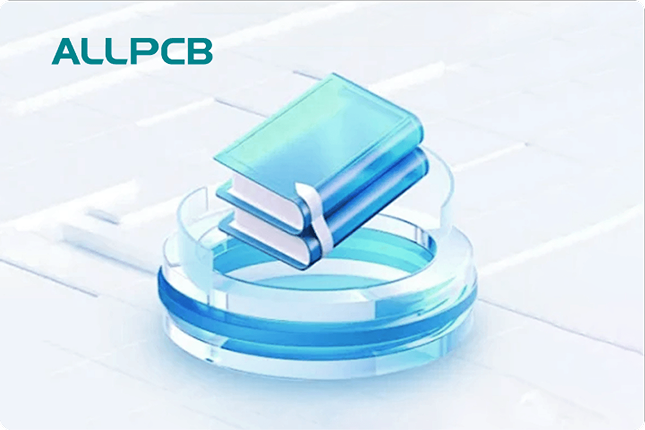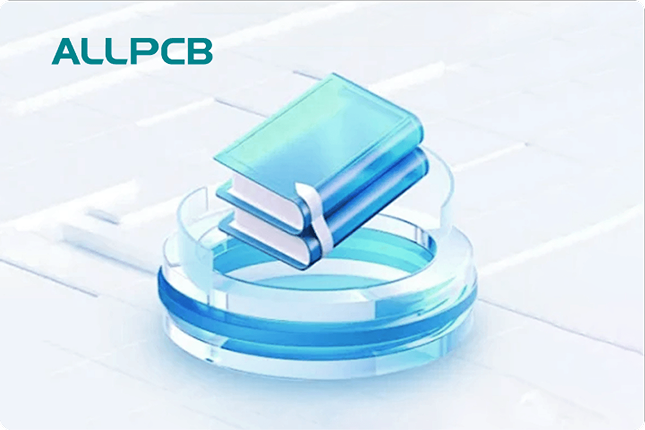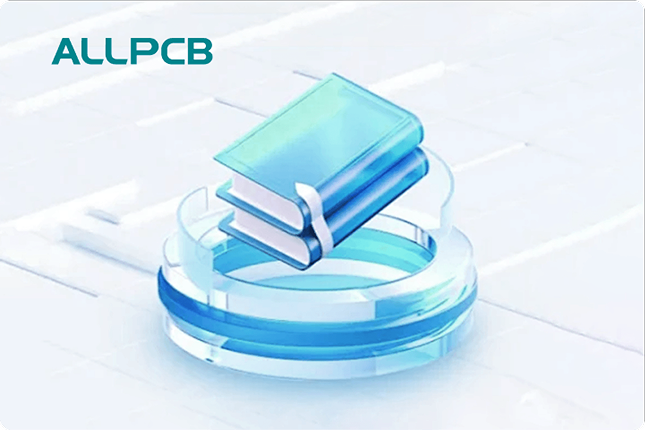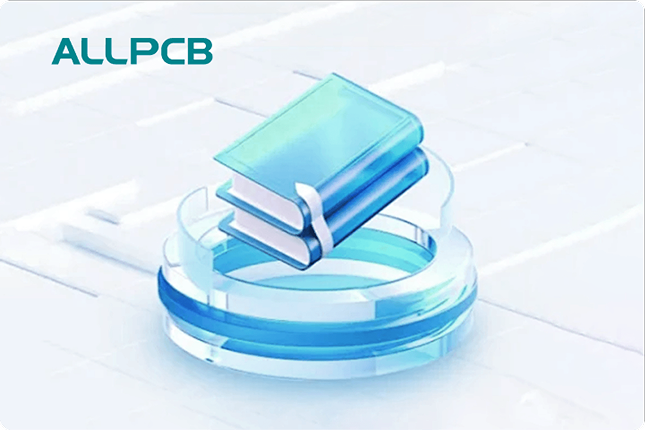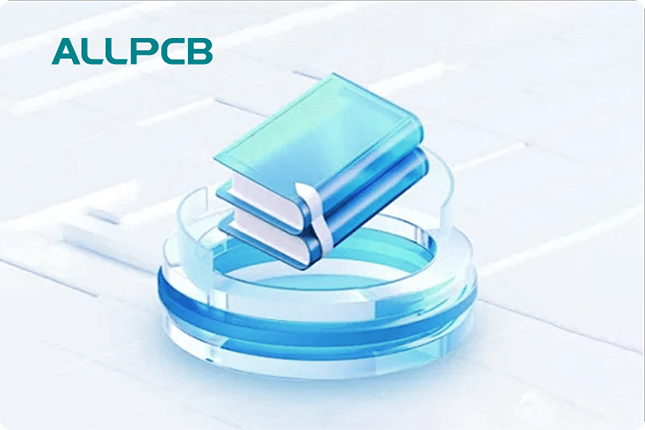In the ever-evolving world of technology, electronics play a vital role in numerous industries, including maritime applications. From navigation systems to communication devices, electronics ensure safety, efficiency, and reliability on the open seas. But how do these technologies come to life, especially for unique vessels like schooners? This blog dives deep into the intersection of electronics and maritime applications, focusing on key areas such as Schooners PCBs, PCB design, PCBA, Printed Circuit Board Assembly, and turnkey solutions. Whether you're a maritime engineer or a tech enthusiast, you'll find valuable insights into how these components power the ships that sail our oceans.
Understanding the Role of Electronics in Maritime Applications
Electronics are the backbone of modern maritime operations. They power everything from radar systems that detect obstacles to GPS modules that guide ships through treacherous waters. On schooners—historic sailing vessels often used for educational, recreational, or commercial purposes—electronics ensure smooth operation despite challenging conditions like saltwater corrosion and constant vibration.
The heart of these electronic systems lies in printed circuit boards (PCBs). PCBs are essential for connecting and supporting electronic components, ensuring that devices function reliably. For maritime applications, especially on schooners, PCBs must be designed with durability and environmental resistance in mind. This is where specialized PCB design and Printed Circuit Board Assembly (PCBA) come into play, alongside turnkey solutions that streamline the entire process from concept to deployment.
Why Maritime Electronics Need Specialized Solutions
Unlike standard electronics, maritime systems face unique challenges. Exposure to saltwater can corrode components, while temperature fluctuations and high humidity levels can affect performance. Vibrations from waves and engine operations can also loosen connections or damage delicate parts. For schooners, which often combine traditional design with modern tech, these challenges are even more pronounced.
To address these issues, PCB design for maritime applications focuses on using materials and coatings that resist corrosion, such as conformal coatings that protect against moisture. Additionally, components are selected for their ability to withstand harsh conditions, often adhering to standards like IP67 for water and dust resistance. These design choices ensure that electronics on schooners and other vessels remain operational even in the toughest environments.
Schooners PCBs: Tailoring Electronics for Historic Vessels
Schooners, with their iconic tall masts and sails, are a nod to maritime history. However, many of these vessels now integrate modern electronics for navigation, communication, and safety. Designing Schooners PCBs requires a deep understanding of both the vessel's traditional structure and the demands of contemporary technology.
For instance, a typical schooner might need a custom PCB for a navigation system that integrates GPS, sonar, and an automatic identification system (AIS). These PCBs must be compact to fit into limited onboard space while maintaining high performance. Signal integrity is critical, especially for high-frequency applications like radar, where impedance mismatches can lead to signal loss. Designers often aim for impedance values around 50 ohms for RF signals to ensure minimal interference, a standard practice in maritime electronics.
Moreover, Schooners PCBs are often built with multi-layer designs to accommodate complex circuitry in a small footprint. These layers help separate power and signal paths, reducing noise—a crucial factor when operating in the electrically noisy environment of a ship with engines and radios.
Key Considerations in PCB Design for Schooners
Creating effective PCB designs for schooners and other maritime vessels involves several critical steps:
- Material Selection: Using FR-4 or polyimide materials that offer high thermal stability and resistance to moisture.
- Component Placement: Strategically placing components to minimize vibration impact and ensure easy maintenance.
- Protective Coatings: Applying conformal coatings to shield against saltwater and humidity, extending the lifespan of the PCB.
- Testing for Reliability: Conducting environmental stress tests to simulate maritime conditions, ensuring the PCB can handle temperature ranges from -20°C to 60°C and humidity levels up to 95%.
By focusing on these aspects, PCB design for schooners ensures that electronics remain reliable, even during long voyages across rough seas.
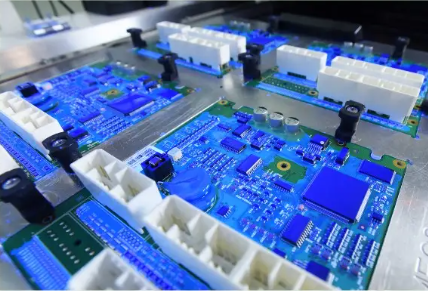
PCBA: Bringing Maritime Electronics to Life
Once a PCB is designed, the next step is Printed Circuit Board Assembly (PCBA). This process involves mounting electronic components onto the PCB, transforming it from a bare board into a functional system. For maritime applications, PCBA must be executed with precision to ensure that every connection is secure and every component operates as intended under harsh conditions.
In the context of schooners and other vessels, PCBA often involves surface-mount technology (SMT) for compact designs. SMT allows for smaller components to be placed directly onto the PCB surface, saving space and improving performance. For high-speed communication systems, such as those used for satellite links on ships, signal speeds can reach up to 1 Gbps, requiring precise assembly to avoid errors like crosstalk or signal delay.
Additionally, PCBA for maritime electronics often includes rigorous quality checks. Automated optical inspection (AOI) and X-ray inspection are used to detect soldering defects or misaligned components. These steps are crucial because a single faulty connection can lead to system failure, which is unacceptable when a ship relies on electronics for navigation or emergency communication.
Challenges in PCBA for Maritime Use
Assembling PCBs for maritime applications comes with unique hurdles:
- Harsh Environment: Components must be soldered with materials that resist corrosion, such as lead-free solder with high durability.
- Space Constraints: Limited space on vessels like schooners requires miniaturized assemblies without compromising functionality.
- Power Efficiency: Many maritime systems run on battery power or limited energy sources, so PCBA must prioritize low-power components and efficient layouts.
Overcoming these challenges during PCBA ensures that the final product meets the stringent demands of maritime operations.
Turnkey Solutions: Simplifying Maritime Electronics Development
Developing electronics for maritime applications, especially for unique vessels like schooners, can be complex and time-consuming. This is where turnkey solutions shine. Turnkey solutions provide an end-to-end service, covering everything from initial PCB design to final assembly and testing. For maritime engineers and shipbuilders, this approach saves time, reduces costs, and ensures a seamless integration of electronics into their vessels.
A turnkey solution typically includes:
- Design and Prototyping: Creating custom PCB layouts tailored to the specific needs of a schooner or other vessel, followed by rapid prototyping for testing.
- Component Sourcing: Procuring high-quality, maritime-grade components that meet industry standards for durability and performance.
- Assembly and Testing: Full PCBA services with extensive testing to verify functionality under simulated maritime conditions.
- Integration Support: Assistance with installing and integrating electronics into the vessel, ensuring compatibility with existing systems.
For example, a turnkey provider might develop a complete navigation system for a schooner, delivering a ready-to-install solution that includes a custom PCB, assembled components, and pre-programmed software. This approach minimizes the risk of errors and ensures that the system operates reliably from day one.
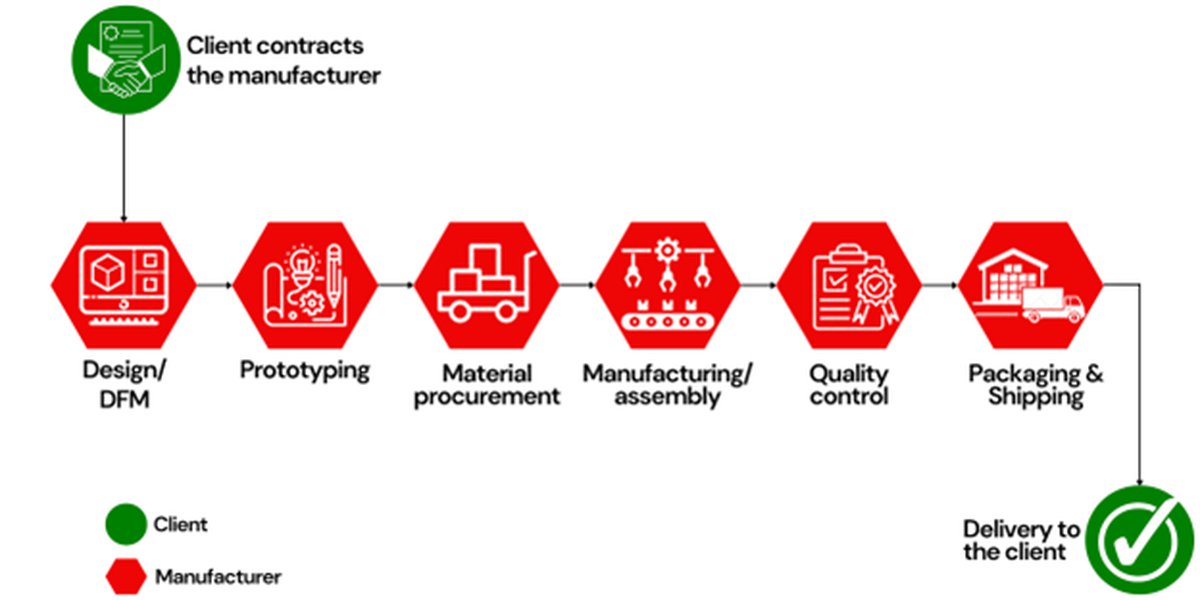
The Importance of Reliability in Maritime Electronics
Reliability is non-negotiable in maritime electronics. A failure in a navigation or communication system can have catastrophic consequences, especially in remote ocean areas where help is far away. This is why every stage—from PCB design to PCBA and final integration—must prioritize quality and durability.
For schooners, reliability also means balancing modern technology with the vessel's traditional design. Electronics must be discreetly integrated without altering the ship's aesthetic or structural integrity. Custom Schooners PCBs and turnkey solutions make this possible by offering tailored designs that fit seamlessly into limited spaces while meeting high performance standards.
Moreover, reliability is backed by data-driven testing. For instance, maritime electronics are often tested for mean time between failures (MTBF), with top systems achieving over 100,000 hours of operation without issues. Such metrics provide confidence that the electronics will perform consistently, even on long voyages.
How Advanced Manufacturing Enhances Maritime Electronics
The manufacturing process behind maritime electronics has evolved significantly, thanks to advancements in automation and quality control. Modern facilities use automated pick-and-place machines during PCBA to achieve placement accuracy within 0.01 mm, ensuring perfect alignment of components. This precision is critical for high-density PCBs used in compact maritime devices.
Additionally, advanced manufacturing incorporates environmental testing chambers that simulate maritime conditions. These chambers expose PCBs to salt spray, extreme temperatures, and vibrations, verifying that they can withstand real-world challenges. For schooners, where space and weight are limited, lightweight yet robust materials are also prioritized during manufacturing to optimize performance without adding unnecessary bulk.
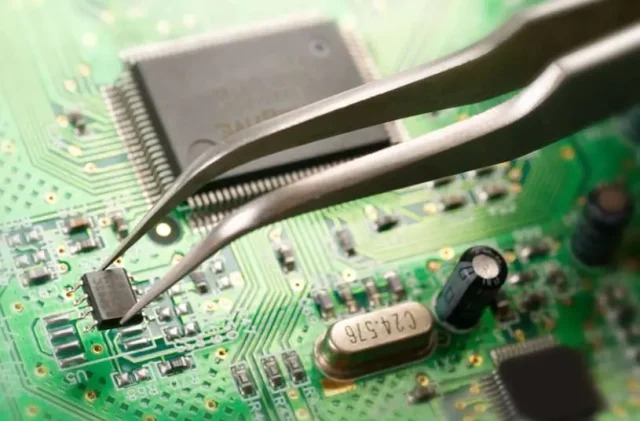
Future Trends in Maritime Electronics and PCB Technology
The future of maritime electronics looks promising, with several trends shaping the industry. One key development is the rise of Internet of Things (IoT) technology on ships. IoT-enabled devices, supported by custom PCBs, allow for real-time monitoring of a vessel's systems, from engine performance to weather conditions. For schooners, this means enhanced safety and efficiency without compromising their traditional charm.
Another trend is the push for sustainability. Maritime electronics are increasingly designed with energy-efficient components to reduce power consumption, aligning with global efforts to minimize environmental impact. PCB design is also evolving to support renewable energy systems, such as solar panels on ships, by integrating power management circuits that handle variable inputs like 12V to 24V DC.
Finally, advancements in turnkey solutions are making it easier for shipbuilders to adopt cutting-edge technology. With faster prototyping and scalable production, turnkey providers can deliver customized electronics for schooners and other vessels in record time, keeping pace with the industry's growing demands.
Conclusion: Powering Maritime Innovation with Electronics
Electronics are transforming maritime applications, bringing safety, efficiency, and connectivity to vessels of all kinds, including historic schooners. From specialized Schooners PCBs to meticulous PCB design and robust Printed Circuit Board Assembly (PCBA), every step in the process is crucial for creating reliable systems that withstand the challenges of the sea. Turnkey solutions further simplify this journey, offering end-to-end services that save time and ensure quality.
At ALLPCB, we understand the unique needs of maritime electronics. Our expertise in PCB design, PCBA, and turnkey solutions ensures that your schooner or other vessel is equipped with cutting-edge technology built to last. Whether you're navigating open waters or preserving maritime history, trust us to power your journey with innovative and dependable electronic solutions.
 ALLPCB
ALLPCB



